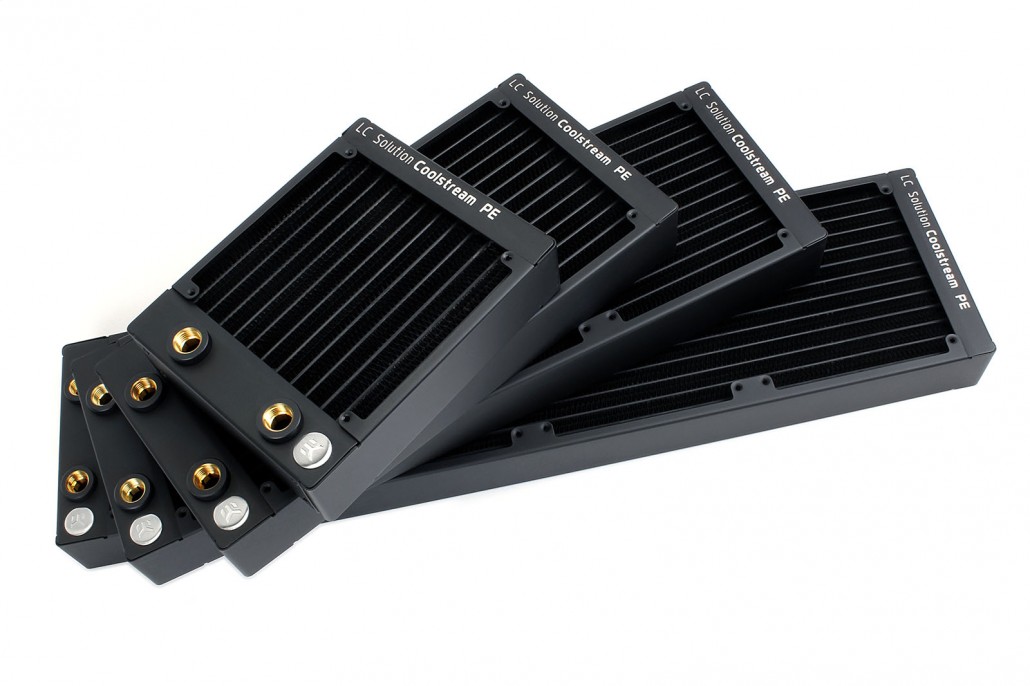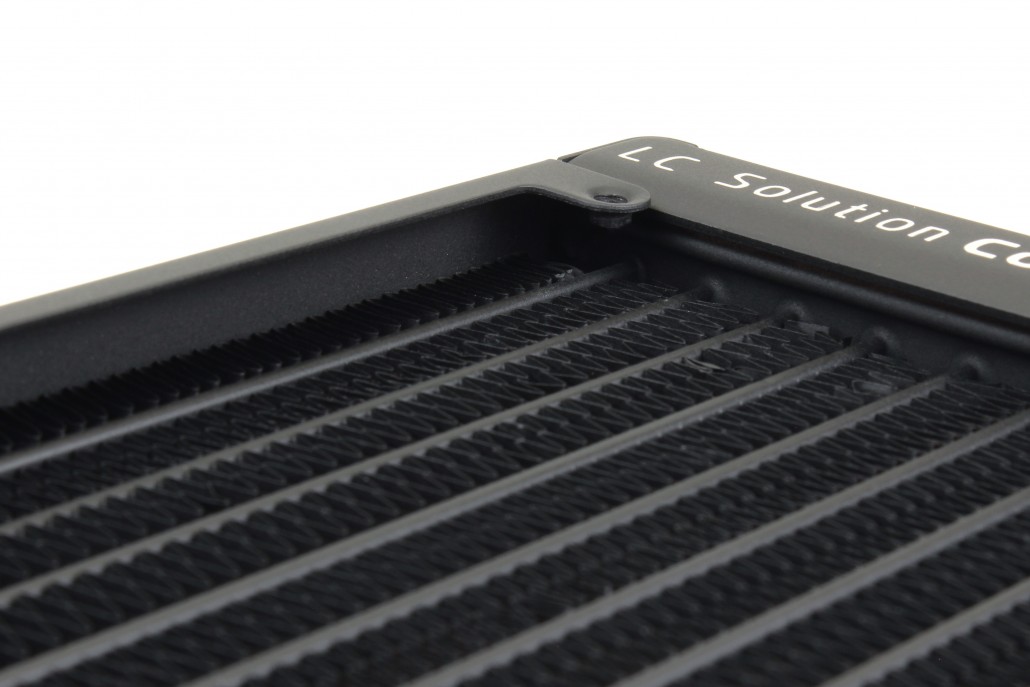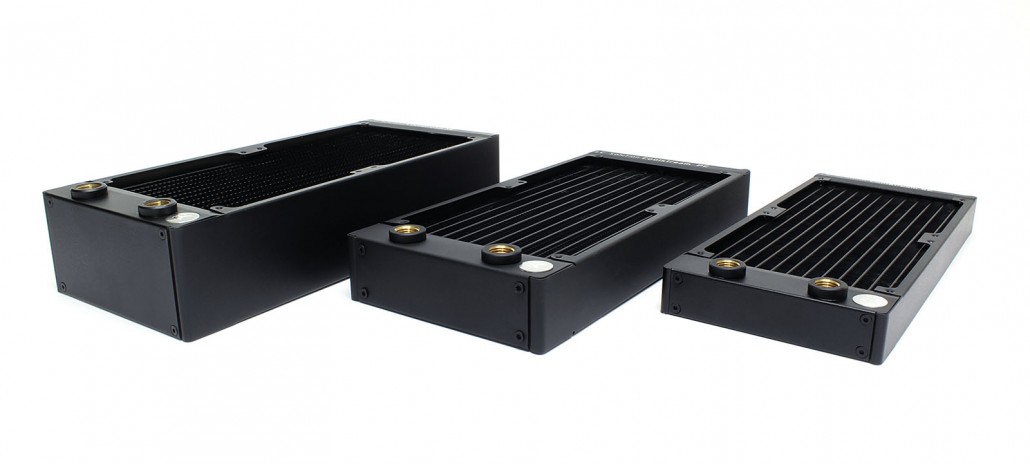Learn more about EK products
Visit EK Shop
Browse our high performance Quantum, Lignum and Classic product lines, Kits and Accessories.
Fluid Gaming Prebuilt PCs
Not the DIY person? Check out our fully water-cooled prebuilt PCs.
This website uses cookies. By continuing to use this website, you consent to the use of cookies in accordance with our Cookie Policy. By clicking “Accept All”, you agree to the storing of all cookies on your device. To learn more about our Cookie Policy and how to manage cookies, click here.
As you might have noticed by now, we don’t discriminate. Our blogs are suited for advanced users, but we also aim at beginners. Information is scattered all over the internet, on social media and forums. Unfortunately, beginners often skip asking questions because they don’t want to get embarrassed. For all novices on liquid cooling out there, we are sending out a message: don’t be afraid to ask, follow up on our guides and blogs, and if you don’t know where to ask, you can always rely on our customer support. Since this article will cover the basis of radiators, we just had to get this out there.

In the next few weeks, we are going to concentrate on radiators for a bit. There will be a series of blogs, all dedicated to radiators and the basics you need to know about them. The main thing you need to know about a radiator is, of course, its fan size compatibility. The most widespread radiators are the ones that use 120mm fans. This is a trend dictated by the case manufacturers. The majority of cases feature ventilation holes for 120mm fans. The second most popular option are the radiators that use 140mm fans, and besides the two mentioned, other radiator fan sizes are rare. We have already covered computer cases and the choice of them for liquid cooling in the previous “What to look for when buying a case for liquid cooling?” blog post, so we are not going there again. The focus now is – radiators.
Alongside the fan size based labeling, it is also common to express the size of a radiator as a single, double, triple, quad, etc… Although it is extremely rare to come across a radiator that is bigger than a quad. You probably get the idea by now. Viewing the radiator only from one side, a “single” means it can accommodate one fan, a double can mount two, and so on. These are the raw basics, but what we are also interested in is radiator thickness, FPI, and how does it affect the performance.
The radiator thickness represents the thickness of the outer housing of the radiator, the so-called radiator shroud. The effective radiator thickness is always a few millimeters thinner than the outer shell. This is necessary so the fan mounting screws don’t hit the radiator fins and also to get some space between the fan and the fins. These few millimeters of space reduce the dead zone of the fan underneath its motor hub, which provides an evener air flow over the radiator.

FPI stands for “Fins Per Inch” and it is the standardized measurement unit for the density of radiator fins. It literally represents the number of fins over a length of one inch. The EK-CoolStream SE radiators, also labeled as Slim Radiators, all have an FPI of 22, while the EK-CoolStream XE radiators pack 16 fins per one inch. The EK-CoolStream PE radiators are in between these two and have an FPI of 19, with a special „split fin design“. Simply by looking at the numbers, you can tell that the SE series radiators have more densely packed fins. We can have the visual inspection as well. On the following photos, we’ve placed a one euro coin on the radiator fins, which has a diameter of 23.25mm – pretty close to one inch, which would be 25.4mm. This gives us a reference body so we can compare the density of the fins more easily.
How do radiator thickness and FPI influence performance? To get into that, we have to explain how the radiator actually works. Each radiator has two G1/4“ ports: one of the ports will be used as an inlet for the liquid and the other one as the outlet. The simplest and most efficient radiator design so far is done by separating the radiator into two halves. The warm liquid entering on one of the ports, flows through the radiator in a „U“ shaped path, exiting on the other side. The liquid travels through several narrow flow channels, to which the cooling fins are connected. As air is being pushed through the fins by the cooling fan, the liquid gets cooled.
The cooling process is basic physics. The bigger the surface area, the better the cooling. That is why thicker radiators and denser fins can bring more cooling performance. But! There is always a „but“. Thicker radiators and/or radiators with greater FPI value need adequate air flow so that their performance is properly exploited. High static pressure fans, and fans that are properly designed to be used on radiators, always have an advantage, as we already discussed in the “Fans for Liquid Cooling” blog post.

That’s it for now, we don’t want to make this blog too long. We hope that we managed to lay a good foundation for our upcoming blog about radiators, where we’ll discuss performance as well. In “Part 2” we will show you some charts about performance differences with various radiator thickness, size, and FPI. Stay tuned.
Browse our high performance Quantum, Lignum and Classic product lines, Kits and Accessories.
Not the DIY person? Check out our fully water-cooled prebuilt PCs.
[…] FPI stands for “Fins Per Inch” and it is the standardized measurement unit for the density of radiator fins. It literally represents the number of fins over a length of one inch. via […]
… [Trackback]
[…] There you can find 84432 more Info to that Topic: ekwb.com/blog/radiators-part-1-thickness-fpi/ […]
… [Trackback]
[…] Here you will find 96187 more Information on that Topic: ekwb.com/blog/radiators-part-1-thickness-fpi/ […]
… [Trackback]
[…] Read More to that Topic: ekwb.com/blog/radiators-part-1-thickness-fpi/ […]
… [Trackback]
[…] Info on that Topic: ekwb.com/blog/radiators-part-1-thickness-fpi/ […]
… [Trackback]
[…] Find More to that Topic: ekwb.com/blog/radiators-part-1-thickness-fpi/ […]
… [Trackback]
[…] Read More Info here on that Topic: ekwb.com/blog/radiators-part-1-thickness-fpi/ […]
… [Trackback]
[…] Info on that Topic: ekwb.com/blog/radiators-part-1-thickness-fpi/ […]
… [Trackback]
[…] Find More to that Topic: ekwb.com/blog/radiators-part-1-thickness-fpi/ […]
… [Trackback]
[…] Read More Information here on that Topic: ekwb.com/blog/radiators-part-1-thickness-fpi/ […]
… [Trackback]
[…] Info on that Topic: ekwb.com/blog/radiators-part-1-thickness-fpi/ […]
… [Trackback]
[…] Find More here to that Topic: ekwb.com/blog/radiators-part-1-thickness-fpi/ […]
… [Trackback]
[…] There you will find 25497 additional Information on that Topic: ekwb.com/blog/radiators-part-1-thickness-fpi/ […]
… [Trackback]
[…] Information on that Topic: ekwb.com/blog/radiators-part-1-thickness-fpi/ […]
… [Trackback]
[…] Find More Information here to that Topic: ekwb.com/blog/radiators-part-1-thickness-fpi/ […]
… [Trackback]
[…] Read More to that Topic: ekwb.com/blog/radiators-part-1-thickness-fpi/ […]
… [Trackback]
[…] There you will find 3173 more Info on that Topic: ekwb.com/blog/radiators-part-1-thickness-fpi/ […]
… [Trackback]
[…] Read More Info here on that Topic: ekwb.com/blog/radiators-part-1-thickness-fpi/ […]
… [Trackback]
[…] Find More to that Topic: ekwb.com/blog/radiators-part-1-thickness-fpi/ […]
… [Trackback]
[…] There you can find 27897 more Information on that Topic: ekwb.com/blog/radiators-part-1-thickness-fpi/ […]
… [Trackback]
[…] There you can find 27897 more Information on that Topic: ekwb.com/blog/radiators-part-1-thickness-fpi/ […]
… [Trackback]
[…] There you can find 27897 more Information on that Topic: ekwb.com/blog/radiators-part-1-thickness-fpi/ […]
… [Trackback]
[…] Read More on that Topic: ekwb.com/blog/radiators-part-1-thickness-fpi/ […]
… [Trackback]
[…] Read More Info here to that Topic: ekwb.com/blog/radiators-part-1-thickness-fpi/ […]
… [Trackback]
[…] Read More Info here to that Topic: ekwb.com/blog/radiators-part-1-thickness-fpi/ […]
… [Trackback]
[…] Info on that Topic: ekwb.com/blog/radiators-part-1-thickness-fpi/ […]
… [Trackback]
[…] Here you can find 34570 additional Information to that Topic: ekwb.com/blog/radiators-part-1-thickness-fpi/ […]
… [Trackback]
[…] Read More on on that Topic: ekwb.com/blog/radiators-part-1-thickness-fpi/ […]
… [Trackback]
[…] Read More Information here to that Topic: ekwb.com/blog/radiators-part-1-thickness-fpi/ […]
… [Trackback]
[…] Read More to that Topic: ekwb.com/blog/radiators-part-1-thickness-fpi/ […]
… [Trackback]
[…] Here you can find 68820 more Info on that Topic: ekwb.com/blog/radiators-part-1-thickness-fpi/ […]
… [Trackback]
[…] Informations on that Topic: ekwb.com/blog/radiators-part-1-thickness-fpi/ […]
[…] is a fantastic 120mm radiator coming in with an even better price tag (for a 45mm radiator). With a thickness of 45mm and a low FPI, you can expect quality cooling with minimal obstruction. The combination of the price, performance […]



 InWin H-Frame 2.0 by NGEN-PC’s
InWin H-Frame 2.0 by NGEN-PC’s 
Hello, I have the XE480 radiator. Does it have a specific INPUT and OUTPUT port? Its not marked so I assume either ports can be used as input or output.
thanks